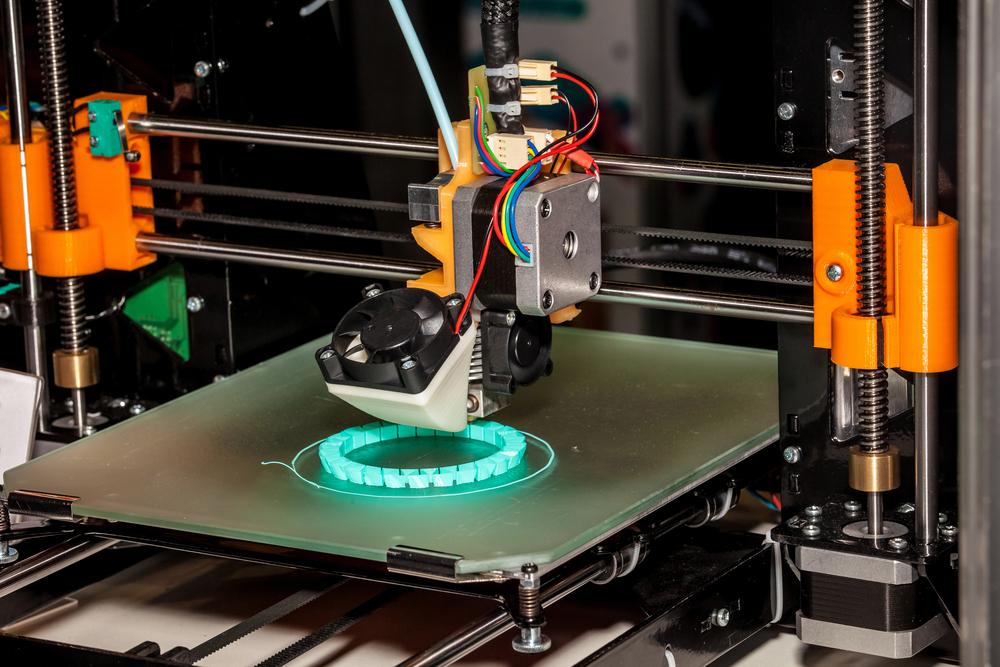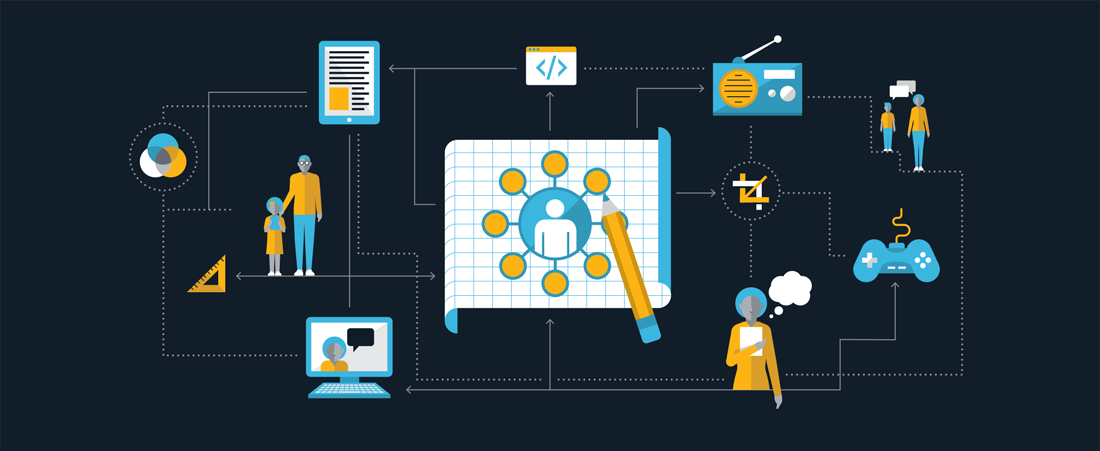In the fast-paced world of technology and innovation, creating user-centric products is paramount to success. User-Centered Design (UCD) and Rapid Prototyping have emerged as crucial methodologies, seamlessly complementing each other to enhance the product development process. This synergistic approach not only accelerates the design process but also ensures that the final product aligns seamlessly with user needs and expectations.

User-Centered Design (UCD):
User-Centered Design is a design philosophy that places users at the center of the product development process. It involves understanding the users’ needs, preferences, and behaviors through research and incorporating that understanding into every stage of the design process. UCD fosters empathy for the end-users and aims to create products that are intuitive, efficient, and delightful to use.
Key Principles of User-Centered Design:
- User Research: UCD begins with thorough user research to gain insights into user behaviors, pain points, and preferences. This often involves interviews, surveys, and usability testing.
- Persona Development: Creating personas helps in visualizing and understanding the target audience, ensuring that design decisions are tailored to specific user groups.
- Iterative Design: UCD embraces an iterative design process, allowing for continuous feedback and refinement. This ensures that the final product is an evolving reflection of user needs.
Rapid Prototyping:
Rapid Prototyping is a methodology that involves quickly creating scaled-down versions of a product or its features to test and validate design assumptions. Prototypes serve as tangible representations of ideas, allowing designers and stakeholders to visualize and interact with the product in its early stages.
Key Advantages of Rapid Prototyping:
- Early Validation: Prototyping enables designers to validate assumptions and gather user feedback early in the design process, reducing the risk of costly changes later on.
- Iterative Improvement: Rapid Prototyping supports an iterative approach, facilitating continuous refinement based on user feedback. This agility is crucial in responding to changing requirements and user preferences.
- Cost-Efficiency: Identifying and addressing design flaws early in the process is more cost-effective than making changes post-development. Rapid Prototyping minimizes the risk of costly mistakes.
The Synergy:
The synergy between User-Centered Design and Rapid Prototyping is evident in their shared focus on user feedback and iterative improvement. UCD lays the groundwork by emphasizing user research and understanding, while Rapid Prototyping brings these insights to life in tangible prototypes for testing.
- Quick Turnaround: The combination of UCD and Rapid Prototyping results in a faster design-to-prototype cycle. This allows teams to quickly iterate on designs based on real user feedback.
- Reduced Risk: By incorporating user feedback early and often, the risk of developing a product that does not meet user expectations is significantly reduced. This leads to more successful product launches.
- Enhanced Collaboration: The iterative nature of both methodologies promotes collaboration between designers, developers, and stakeholders. This collaborative approach ensures that everyone involved has a shared understanding of user needs and design goals.
Conclusion:
User-Centered Design and Rapid Prototyping, when employed together, create a powerful synergy that enhances the efficiency and effectiveness of the product development process. By prioritizing user feedback and rapid iteration, teams can create products that not only meet but exceed user expectations. This approach is not only a methodology but a mindset that puts users at the forefront of innovation, ultimately leading to more successful and user-friendly products.
Reach out to us today and learn about our prototype engineering services and capabilities that meet your product needs.

